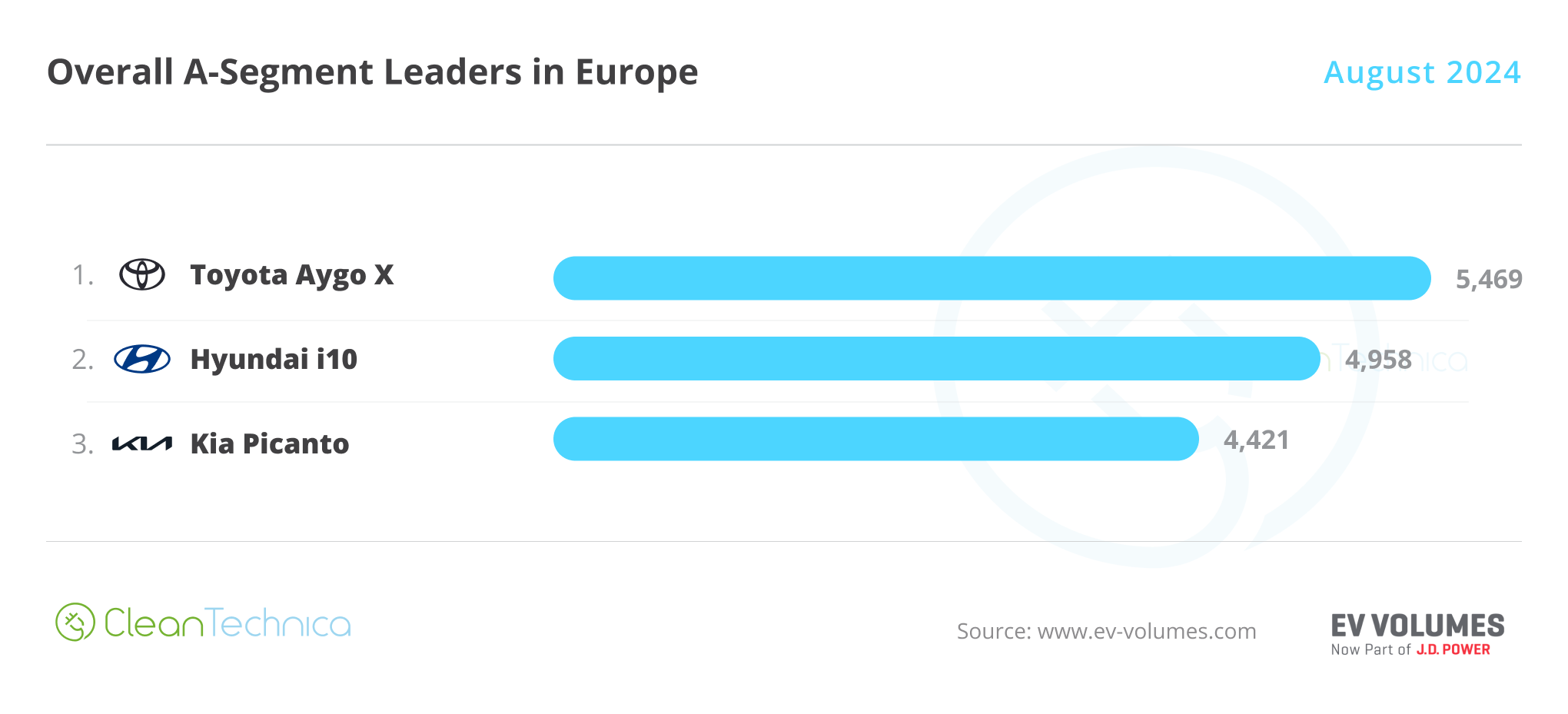
A couple of days ago, Reuters broke news that the State of Texas will require stations built with Infrastructure Bill funds (aka NEVI grants) to include Tesla’s NACS plug. This is big news, because the state is adding its own requirements beyond those imposed by the federal government. But, from what I’ve seen, there’s still a lot of misunderstanding of this move, so in this article, I’ll explain why this is the best move Texas could have made.
A Quick Review Of Federal Requirements
Before we get into what Texas decided to do, it’s important for readers to know what the whole situation is. While Texas could come up with whatever rules it wants for charging station money, there are rules the state has to follow when that money comes from the federal government. So, privately-built stations and stations built with other public money (that didn’t come from the Infrastructure Bill) aren’t subject to such rules.
In other words, expect to see CCS-only and CCS/CHAdeMO stations continue to pop up in Texas. Texas didn’t make a new state law requiring NACS, but it did add a requirement to stations built with NEVI funds.
It’s also important to know what the federal rules are for these NEVI stations. Each state (with limited exceptions/waivers) has to install at least four chargers at a station, with no more than 50 miles between sites along major highways, starting with interstates. Each charger is required to output at least 150 kilowatts maximum, and the site must have sufficient power to run all four chargers at max output simultaneously (in other words, 600 kW).
When it comes to plugs, the federal infrastructure bill was a lot less specific on the surface. Each station is supposed to have a non-proprietary plug that meets “applicable safety standards.” At the time the bill was signed into law, the only plug that really met the requirements of the law was CCS1, so the Department of Energy and Department of Transportation made rules that required the CCS1 plug. It wasn’t until later that Tesla opened up access to its NACS plug, and other automakers (Aptera, Ford, GM, and Rivian so far) and charging providers started supporting the plug.
While federal rules require a CCS1 plug at each station, they also allow for charging stations to have additional plugs, such as CHAdeMO and NACS. This didn’t leave Texas with the flexibility to allow stations with only a NACS plug, but it did leave it with the flexibility to require additional plugs beyond CCS1. And, given the change of situation with Ford and GM’s announcements, this was the only move it could make to accommodate the new charging reality of 2023.
Why Not Just Change The Federal Rules?
Sadly, many people on social media don’t understand this situation and would prefer Texas to just switch the whole program to NACS only. When they find out that Texas can’t just do that, they then ask why the Department of Transportation doesn’t just do this. If that’s you, there’s more you need to know.
For one, changing regulatory rules isn’t just a stroke of a pen. Not only does a new rule need to be made, but it must then go through a lengthy month-long (or longer) process. At every point in the process, there are challenges. There’s also the possibility of new lawsuits and other actions that can stunt the new rules.
Assuming this process could be accomplished quickly, there’s also the problem of the law the rules are based on. Given the safety requirements, it’s not going to be easy to justify going NACS-only because no industry-wide standard has been made for NACS. CharIN (the standards body behind CCS) reversed course recently and said that it is going to put NACS through this process, but that will take time. Until it does, DOT and DOE can’t just change the rule.
It’s also possible for Congress to change the law, but that has its own set of political challenges. The Infrastructure Bill was passed under a Democrat-led House of Representatives and a Senate that was under only narrow Democrat control. While the “red wave” of the midterms failed to materialize (largely due to Republican overreach on abortion in the Supreme Court that frightened many voters, followed by state-level laws that doubled down on it), they still did manage to narrowly gain control of the House. So, if we open up the Infrastructure Bill to revision, funds for EV charging stations are likely to be pared back or completely eliminated.
So, we’re better off with dual-plug stations than no stations at all!
This Isn’t A Bad Outcome
Sadly, there are still people upset about this. They want everything to be NACS-only and they want CCS to bite the dust as soon as possible. While there are good arguments for this (cost efficiency, simplicity, etc.), we can’t just ignore all of the above reality. Going strictly NACS with Infrastructure Bill stations just isn’t in the cards right now, and likely won’t be changed until after most of the stations get built.
In fact, even Texas’ policy change is proving tough with charging providers, which had been gearing up for CCS1 stations, per Reuters. I personally think they’ll be able to pull it off, as NACS supports CCS communication protocols, but asking them to change course next year or the year after would likely be out of the question.
Instead of being pessimistic, Tesla fans and shareholders would be better off looking at the bright side, like the old La Quinta ads. Seeing an opportunity to do something good with the flexibility it had, Texas is making things better by putting NACS stations in, even if they also have a CCS1 plug. This will pave the way for a larger move toward NACS when the stations would have otherwise been CCS only.
Will Other States Follow Their Lead?
By the time this gets published, it’s possible that other states will have announced that they’re doing what Texas is doing. But, states seem to be pretty slow at implementing the NEVI program so far. So, it’s likely that many states won’t be able to cut through bureaucratic red tape quickly enough to get their vendors to add NACS ports to the first NEVI stations. Subsequent rounds that go to state and local highways might get some NACS love, but for now, it’s probably a good idea to keep expectations low.
Featured image: an Electrify America station in San Antonio, Texas. Image by Jennifer Sensiba.
Sign up for daily news updates from CleanTechnica on email. Or follow us on Google News!
Have a tip for CleanTechnica, want to advertise, or want to suggest a guest for our CleanTech Talk podcast? Contact us here.
Former Tesla Battery Expert Leading Lyten Into New Lithium-Sulfur Battery Era — Podcast:
I don’t like paywalls. You don’t like paywalls. Who likes paywalls? Here at CleanTechnica, we implemented a limited paywall for a while, but it always felt wrong — and it was always tough to decide what we should put behind there. In theory, your most exclusive and best content goes behind a paywall. But then fewer people read it! We just don’t like paywalls, and so we’ve decided to ditch ours. Unfortunately, the media business is still a tough, cut-throat business with tiny margins. It’s a never-ending Olympic challenge to stay above water or even perhaps — gasp — grow. So …




